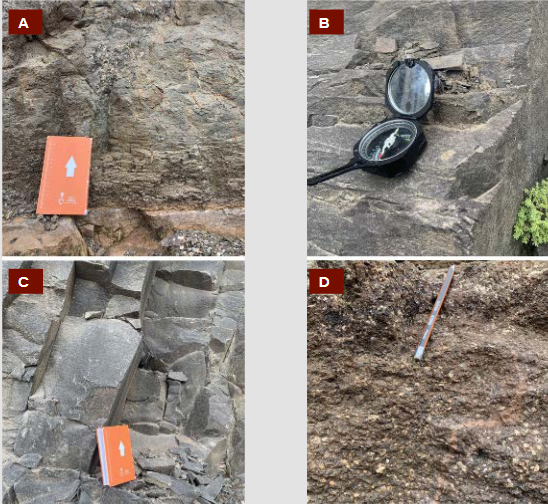Spectroradiometry Applied to the Analysis of Basaltic Rocks from the Serra Geral Group in Rio Grande do Sul, Brazil
Keywords:
volcanism, reflectance, sample position, wavelength, remote sensingAbstract
Objective. This study examines the influence of the positioning of basaltic rocks from the Serra Geral Group in Rio Grande do Sul, Brazil, on spectral signatures, analyzed using reflectance spectroscopy. Methods. Spectral signatures of six samples from different points of the spill were examined: base, core, and top; In addition to lava-sediment interactions, late amygdales, and an intrusive dike after deposition. A FieldSpec3 spectroradiometer was used to obtain the spectral signatures. For each orientation, averages of 10 readings were obtained with 4 readings per sample, making a total of 240 spectral signatures. These were processed in ViewSpecPro v.6 software and simple exponential smoothing was applied to mitigate spectral “noise”. Results. The results of the ANOVA analysis on variability, using the standard deviation of spectral signatures, show that, although all samples are basaltic, statistically significant differences were found between them (p < 0.05). It was also observed that samples with higher heterogeneity are more sensitive to positioning, especially in terms of reflectance and in the depth of the reflectance and spectral absorption bands. Conclusions. It is concluded that the positioning of the samples strongly influences the spectral signature and may be related to the structural, mineralogical and geometrical characteristics of each sample

Published
Issue
Section
License
Copyright (c) 2024 Lorenzo Fossa Sampaio Mexias, Morvana Machado, Laurindo Antonio Guassell, Deyvis Cano (Autor/a)

This work is licensed under a Creative Commons Attribution 4.0 International License.


